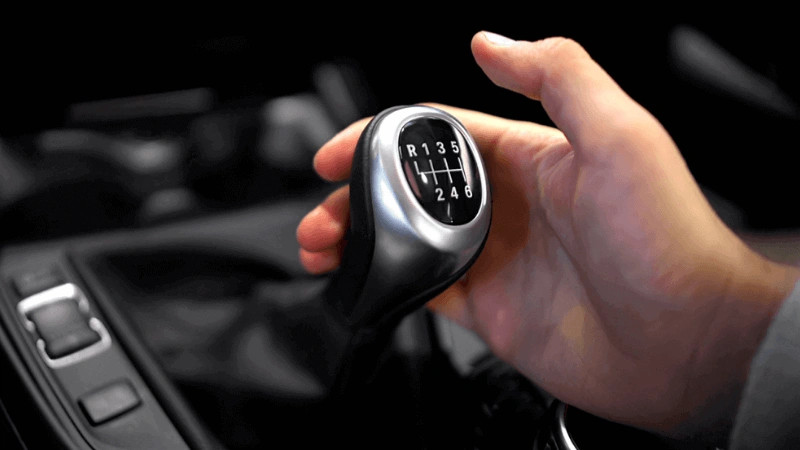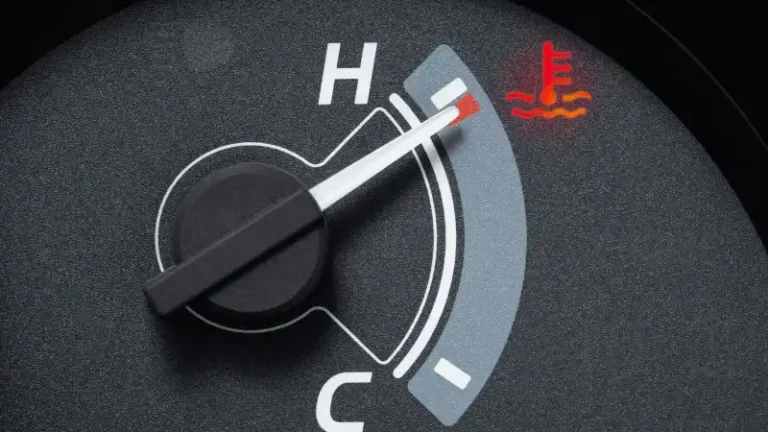Transmission slipping means when your car fails to engage the gears, or you experience delayed acceleration or unusual sounds from the transmission, like grinding and friction. Both automatic and manual cars can experience this issue. Slipping of gears can be an early symptom of transmission issues.
Difference Between Automatic and Manual Transmission
Here, some differences are discussed below:
Manual Transmission
A manual car has a clutch that a driver needs to press to shift the gear. It usually requires more input from the driver. This transmission is less costly and requires less money to repair.
Automatic Transmission
Automatic transmission involves changing the gear without the input of the driver. The engine transfers the power through the torque converter. planetary system inside the gear then changes the gear ratio so that the appropriate amount of power is supplied to the wheels, allowing them to move. Moreover, the continuously variable transmission (CVT) works by a combination of belts and pulleys to change the gears.
How to know if your transmission is slipping ?
Here are the common signs of slipping gears. Check them to see if you have the same issues. These symptoms will clarify what the slipping of the transmission looks like. Let’s take a look at these gearbox slip signs in bullet points:
- Delayed or unresponsive gear shifts.
- High engine RPM with little acceleration.
- Grinding or unusual noises while shifting.
- Burning smell from overheating transmission fluid.
- Check if the engine or transmission warning light is on.
- Despite pressing the gas pedal, the car accelerates slowly.
- Low transmission fluid (reddish brown) or leaks under the vehicle.
- Jerky shifting of the gears.
Causes of Transmission Issues
Let’s take a close look at what causes the transmission system of gears to weaken. All the possible causes of transmission slipping are narrated. We will uncover every tiny reason for transmission failure. Let’s have a look:
Weak Transmission Parts
Many parts are involved in shifting the gears. The main components are the clutch, torque converter, countershaft, input shaft, output shaft, bands, solenoids, gears, and shafts. They eventually get weak over time. When they become unresponsive over time, they cause interruptions in the transmission of gears and lead to slipping.
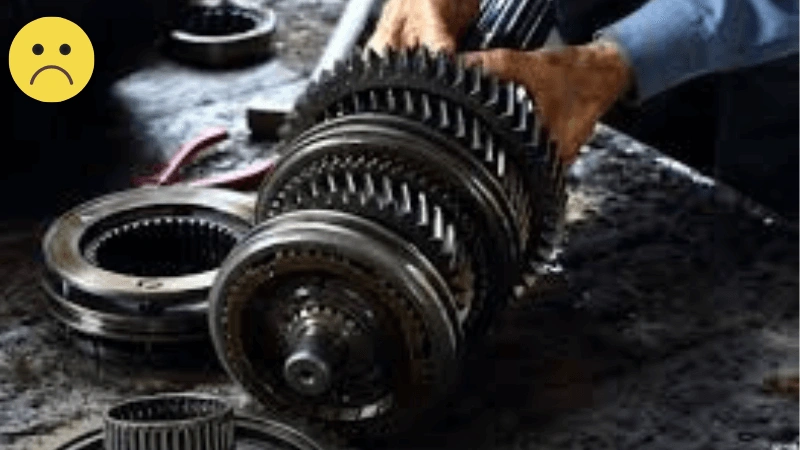
Low Transmission Fluid
Low-gear fluid in the transmission system can create heat and cause friction in shafts and bearings. It results in damage to the gears. Low fluid will lead to rust and corrosion of the transmission parts. So it means low transmission fluid causes delayed shifting of the gears.
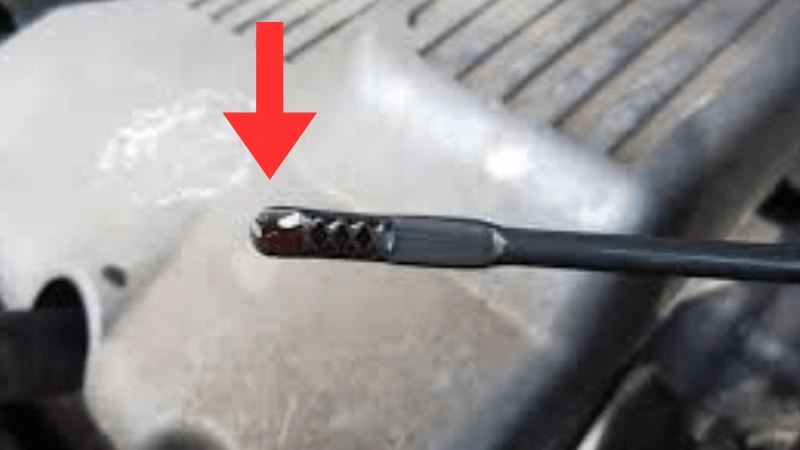
Torque Converter Issues
The torque converter may break down due to burnt or low fluid levels. If it is worn out, it may not be able to convert the energy of the engine into torque. When it fails to produce the torque, it will definitely cause a failure in the transmission of gears.
Solenoid
In automatic transmission, the solenoid transmits the fluid to the parts of the transmission. Any failure in the solenoid may cause delayed shifting of the gears or slip and transmission problems.

Clutch Issue
A clutch separates the wheels from the engine during the shifting of the gears. It does so to ensure the smooth shifting of the gears. If the clutch is worn out, the car will face problems such as delayed transmission and poor acceleration.
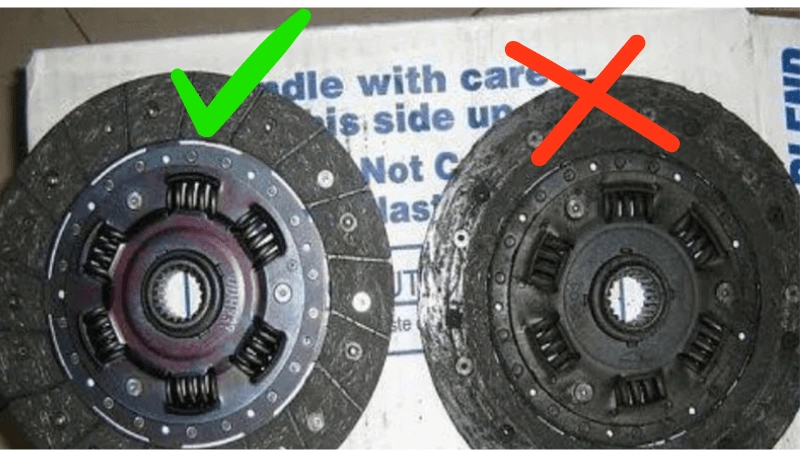
Manufacturing Fault
At times, you may encounter a manufacturing fault in the transmission system. Check the warranty card of the vehicle and contact the dealership to claim the fault. Manufacturing faults can appear in the car, particularly related to transmission or shifting problems. Ask the dealership to diagnose the issue.

Transmission Slipping Solutions
The slipping solutions are discussed in detail:
Check the Fluid
Check the level of the fluid to ensure it is in the right quantity. Check the fluid condition to see whether it is burnt or in good condition. Change the fluid if it’s burnt. Fill the fluid if its quantity has decreased. This will fix the transmission slipping issue promptly. If you’re unsure about the fluid color, normal-condition fluid is reddish-brown, while burnt fluid has a black color.
Repair Transmission Parts
If any part of the transmission is not working well, repair or install a new one for smooth shifting of the gears. Over time, they get worn out, so it is better to keep checking them at regular intervals.
Seek Expert Advice
If you can’t identify the exact problem of transmission slipping, check it with an expert mechanic. A skilled mechanic will troubleshoot the problem and suggest a suitable solution for the issue.

